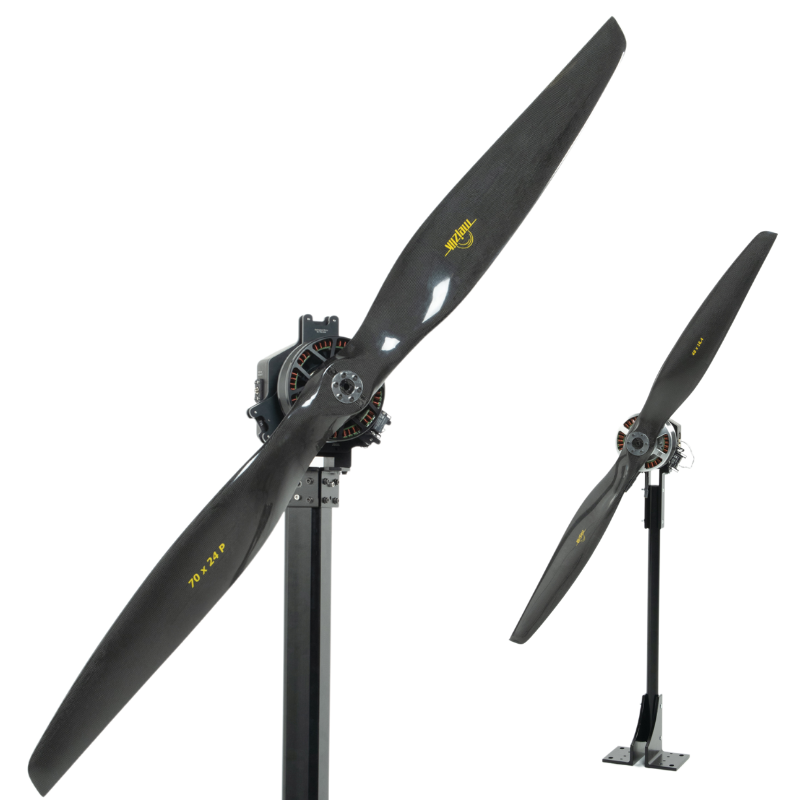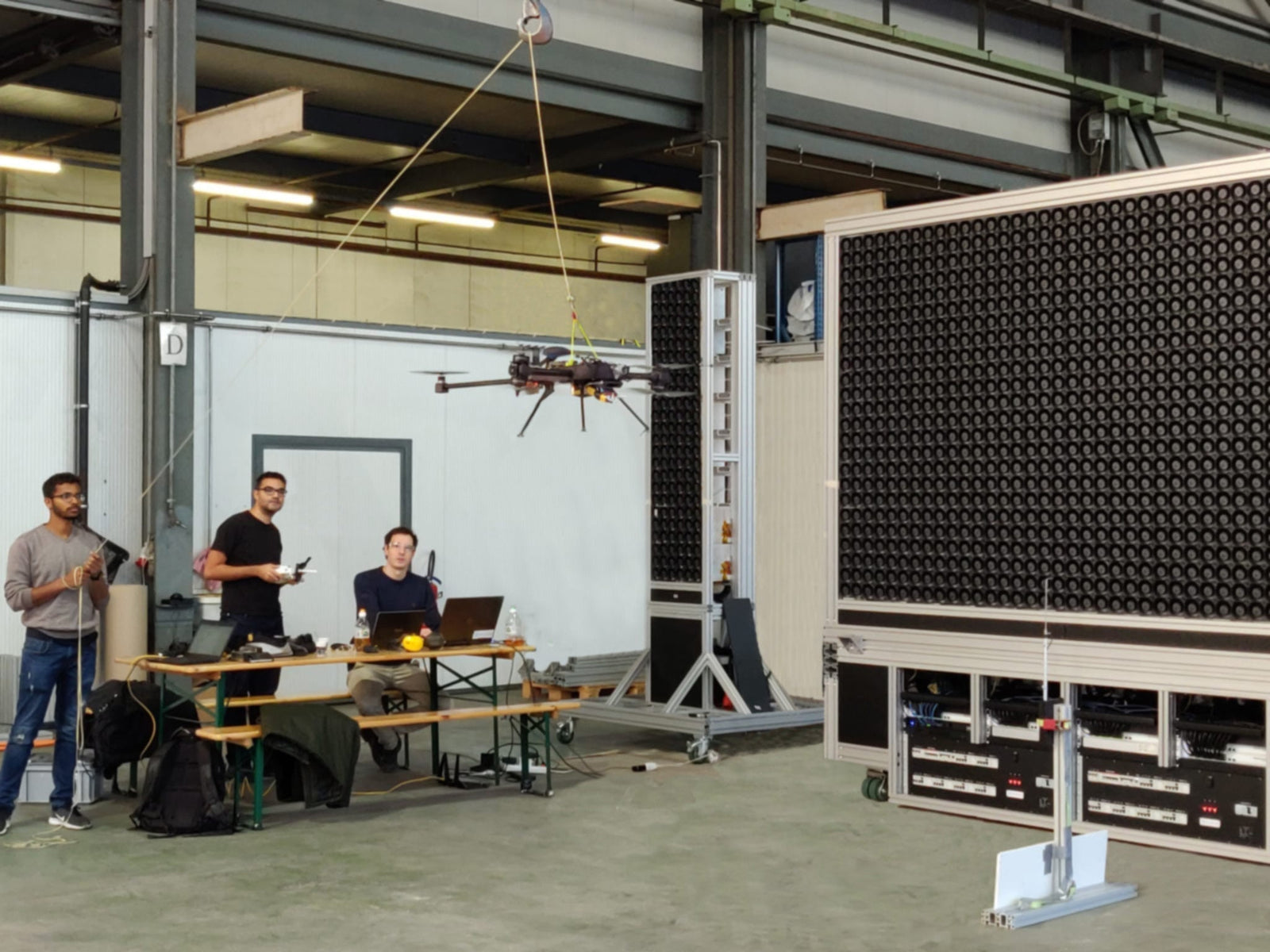AC, DC, and BLDC motors are widely used in many industries and applications. From electric vehicles to household appliances, these motors are essential for converting electrical energy into mechanical energy.
However, not all motors are created equal when it comes to efficiency. In this article, we will explore the differences between different types of motors and compare their efficiency.
Table of Contents:
- What is motor efficiency
- DC motor efficiency
- AC motor efficiency
- BLDC motor efficiency

What is motor efficiency
First, let's define what we mean by motor efficiency. Motor efficiency is the ratio of output power to input power, expressed as a percentage.
It measures how effectively a motor converts electrical energy into mechanical energy. The higher the efficiency, the less energy is lost as heat or other forms of waste, and the more power is available for useful work.
Three common types of motors are DC motors, AC motors, and BLDC motors. Each of these motors has its own advantages and disadvantages when it comes to efficiency.
Further reading: Finding the Average Motor Efficiency with a Database
DC Motor Efficiency
DC motors are the simplest type of electric motor, and they have been used for many years in a variety of applications. They operate by using a direct current to create a magnetic field that rotates the motor's armature.
DC motors are known for their high starting torque and controllability. However, they are also known for their low efficiency, typically ranging from 50-80%.
This is due to the energy lost as heat in the motor's windings and brushes.
AC Motor Efficiency
AC motors operate using the same electromagnetic principle as DC motors, but they operate by using an alternating current to create a rotating magnetic field that drives the motor's rotor. This type of motor is more commonly used in industrial and commercial applications.
AC motors can be further subdivided into two categories: synchronous motors and induction motors (which can be further divided into single-phase induction motors and three-phase induction motors).

AC motors are known for their high efficiency, typically ranging from 75-90%. This is because they don't have brushes, which eliminates the energy loss associated with them.
However, AC motors are less controllable than DC motors, and their starting torque is usually lower.
BLDC Motor Efficiency
BLDC motors are a newer type of motor that combine the best features of both DC and AC motors.
They operate by using a permanent magnet rotor and an electronic controller to switch the current in the motor's windings.

Are brushless motors more efficient? Compared to traditional DC and AC motors, the answer is generally yes.
BLDC motors are known for their high efficiency, typically ranging from 80-95%. This is because they don't have brushes and use electronic switching to control the current, which eliminates energy loss.
BLDC motors also offer high controllability and starting torque.
Further reading: Brushless Motor Power and Efficiency Analysis
Conclusion
In conclusion, motor efficiency varies depending on the type of motor and its application.
When comparing the efficiency of different types of motors, it's important to also consider the specific application and requirements.
DC motors have lower efficiency but high controllability and starting torque. AC motors have higher efficiency but lower controllability and starting torque. BLDC motors offer high efficiency, controllability, and starting torque, but are typically more expensive.
When choosing a motor, it's important to consider the trade-offs between efficiency, controllability, and cost to find the best option for your specific needs.
To learn more about how motors work, check out our library of articles.


 Back to Blog
Back to Blog


Vijay mohan
March 13, 2025
Explained nicely in a simple manner.
You concluded that, AC and BLDC motors are more efficient than a DC motor , without taking into account the slip and conversion losses associated with the AC and BLDC motors
Please do comment on the above two aspects.
I am working on the conversion of an IC Engine driven diesel bus to electric powered, using DC motor and lead acid battery